Clik here to view.

Clik here to view.

Imagine a towering stone castle, torch-lit hallways echoing with the clank of armor, and deep in the shadows—massive paws padding silently across cobblestone floors. If medieval royalty and knights had canine backup, these would have been their go-to guards. These breeds bring more than just bark—they bring brains, brawn, and a deep sense of loyalty. Whether stationed at the drawbridge, guarding the royal family, or watching the suspicious jester, these dogs would’ve taken their job seriously (unless snacks were involved).
Cane Corso
Clik here to view.

The Cane Corso would have thrived in a castle, likely stationed near the armory or throne room. Descended from Roman war dogs, these muscular protectors were built to guard both people and property. Their imposing stature alone would’ve stopped intruders mid-step. But it’s not all brawn—the Cane Corso is deeply loyal and extremely intelligent, making it an ideal personal bodyguard for nobles who valued silent protection and alert presence.
Doberman Pinscher
Clik here to view.
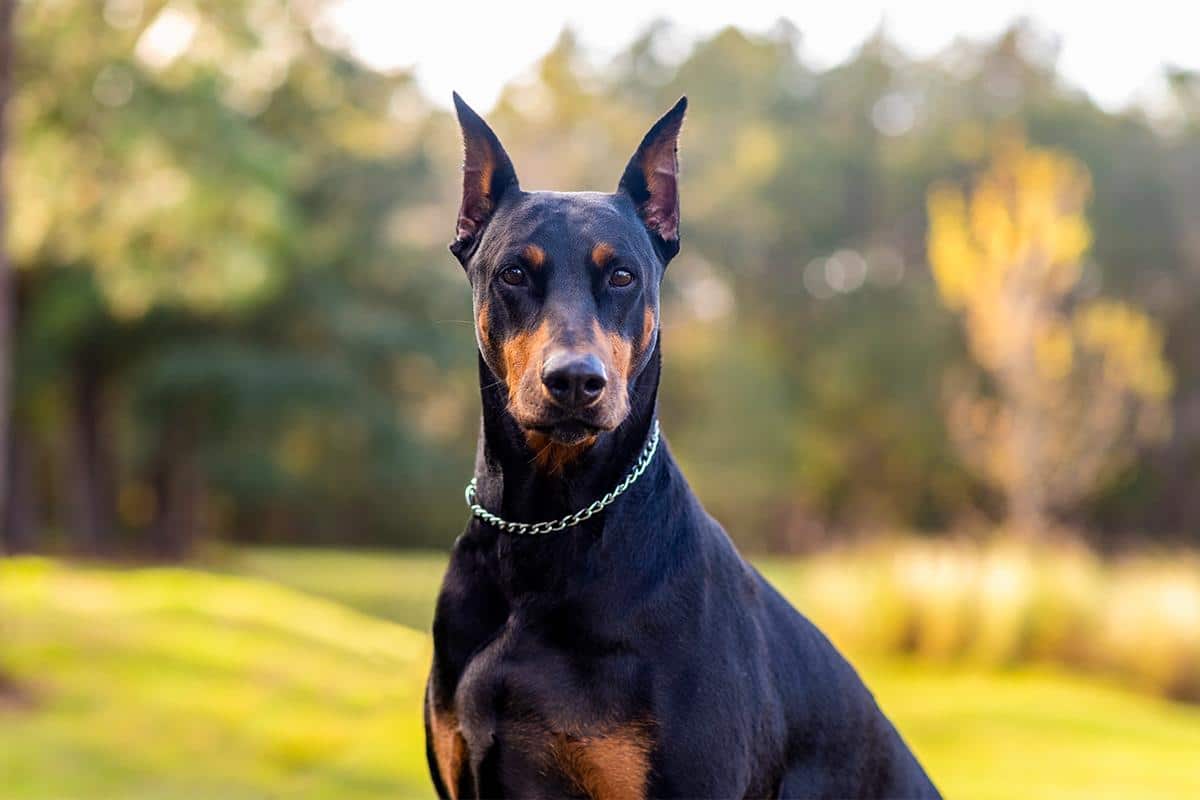
With their sleek appearance and lightning-fast reflexes, Dobermans could’ve easily patrolled castle grounds or delivered urgent scrolls between towers. Their loyalty is unmatched, and their protective instincts are sharp. They move like shadowy knights—graceful, quick, and always watching. Any would-be intruder would think twice after locking eyes with a Doberman guarding the royal quarters.
Rottweiler
Clik here to view.
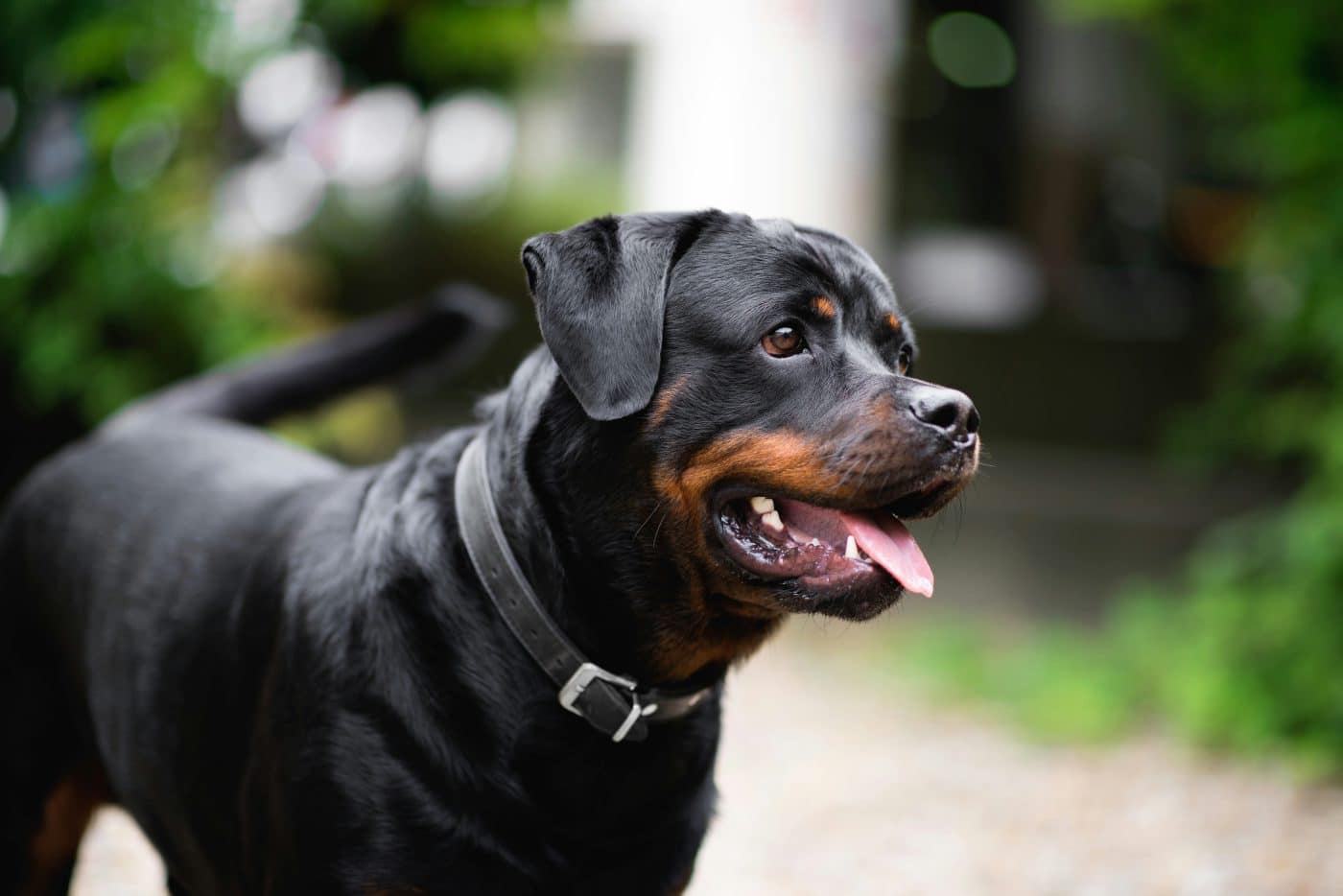
Rottweilers would’ve been the moat-crossing, drawbridge-holding muscle of the medieval dog world. Their strength and courage are legendary, but their devotion to their humans makes them elite protectors. Originally bred for driving cattle and guarding, Rottweilers have always had jobs requiring seriousness and strength. Depending on their mood, they would’ve been stationed near the royal treasury or the kitchen in a castle setting.
German Shepherd
Clik here to view.
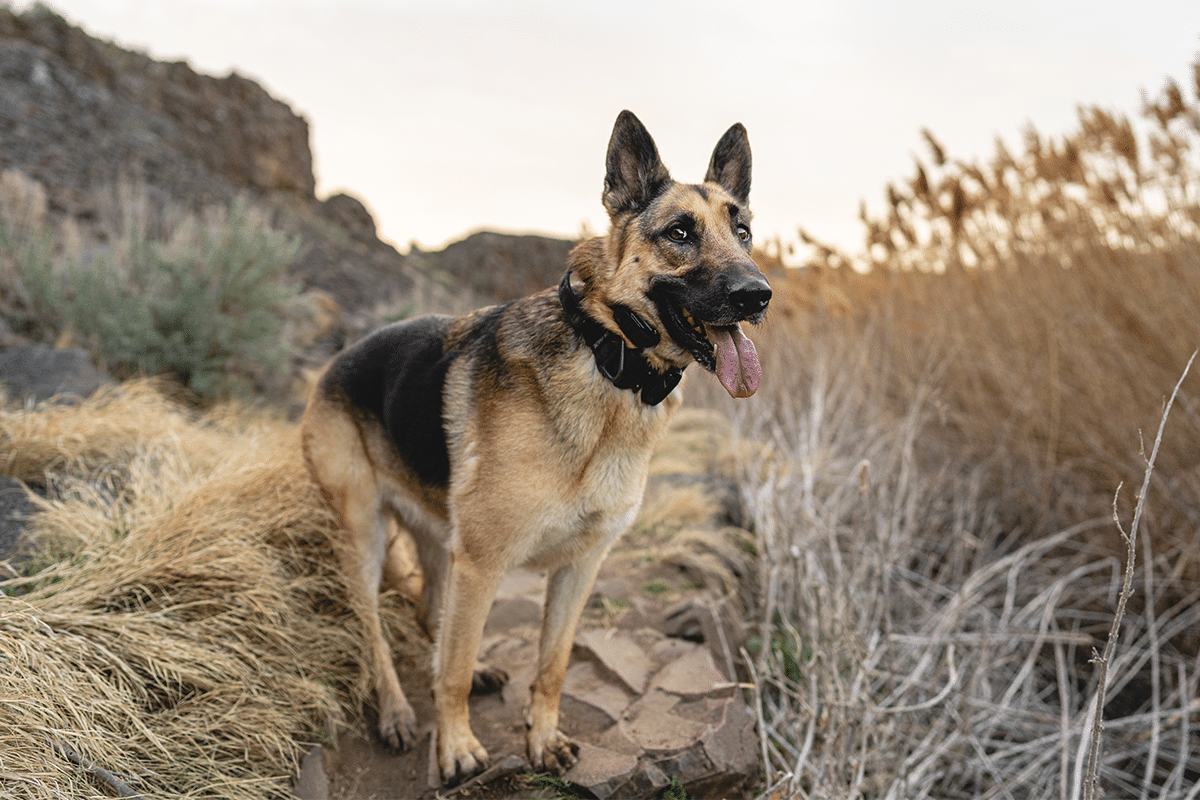
The tacticians of the canine kingdom, German Shepherds, are known for their intelligence, versatility, and bravery. A medieval ruler would’ve counted on them for guarding and sensing danger before it arrived. They would’ve been the ideal companion to knights, marching side by side in battles and sleeping with one eye open in the castle courtyard. Smart enough to open a door and loyal enough to never let you walk through it alone.
Tibetan Mastiff
Clik here to view.

With a mane fit for a lion and a bark that echoes like a war horn, the Tibetan Mastiff would’ve made an unforgettable castle guardian. These ancient dogs were bred to guard monasteries and palaces in the Himalayas, bringing an unmatched level of territorial instinct. They’re dignified, aloof to strangers, and built for cold, drafty stone corridors. Nothing says, “Nobody’s sneaking into the castle tonight,” like a 150-pound furball that growls like thunder.
Bullmastiff
Clik here to view.
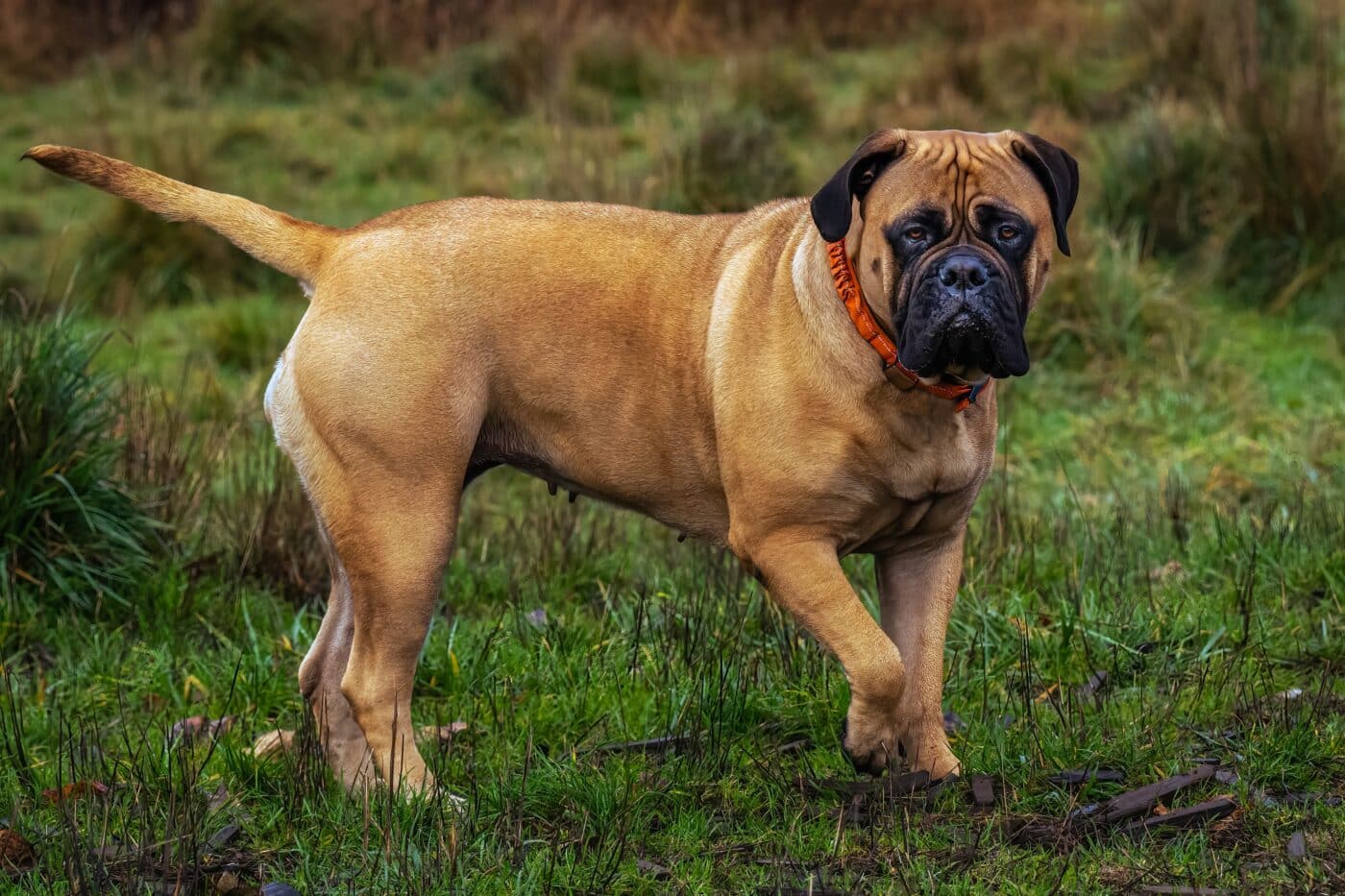
The Bullmastiff is the stealth bomber of guard dogs—powerful, silent, and capable of tackling intruders without making a sound. Originally bred to apprehend poachers, this breed is all about silent strength. In a medieval castle, a Bullmastiff would’ve been stationed just inside the castle gates, watching every movement with calm authority. One warning bark from this giant, and even the bravest rogue would reconsider his life choices.
Great Pyrenees
Clik here to view.
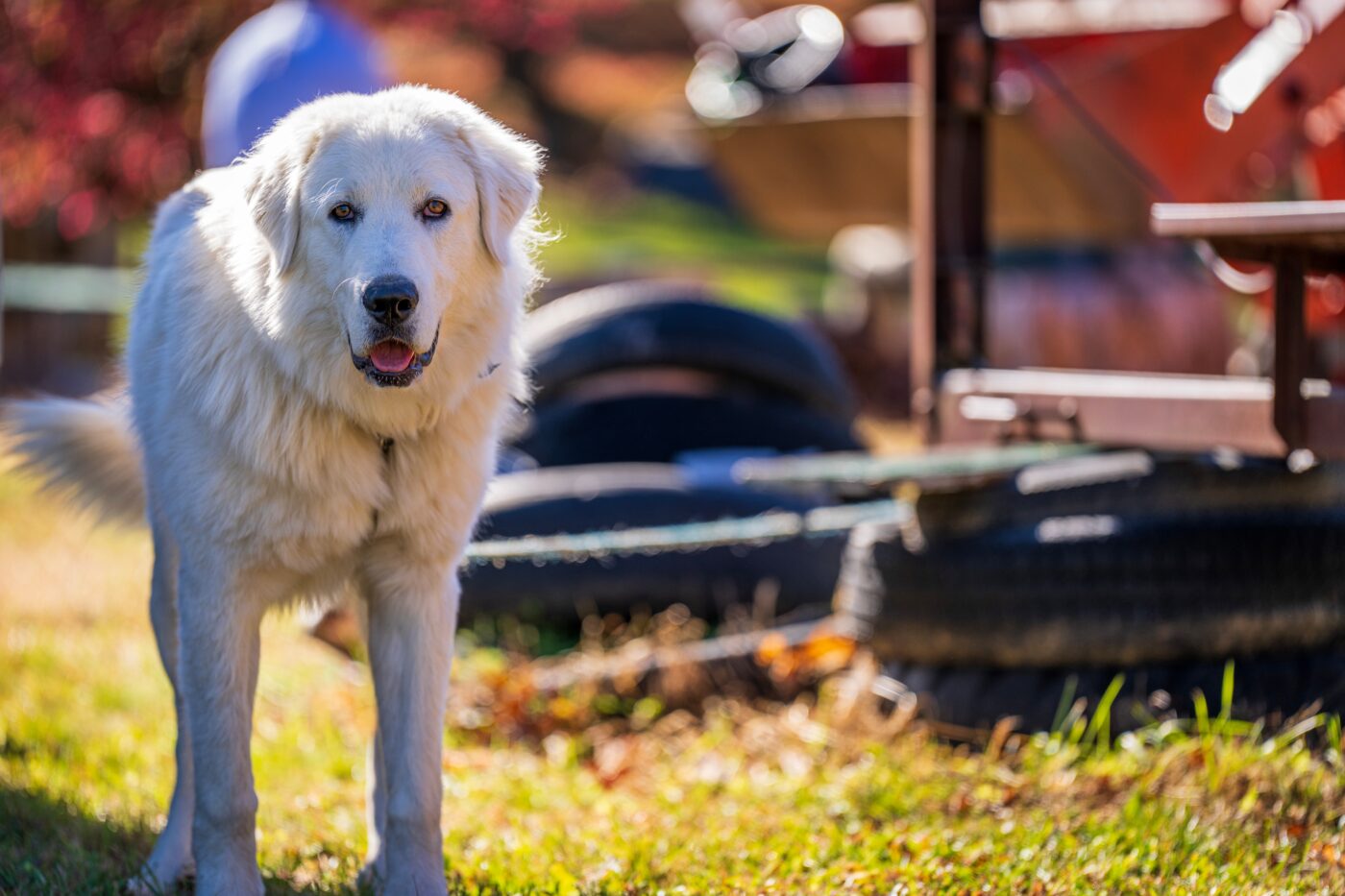
Calm, composed, and fiercely loyal, the Great Pyrenees would’ve been the regal guardians of the outer castle walls. Originally bred to protect livestock in the mountains, they’re known for watching over their charges with silent determination. Their thick white coats and gentle presence made them look like angelic beings—until they detected a threat. Then they become the castle’s fluffiest yet fiercest defenders.
Belgian Malinois
Clik here to view.
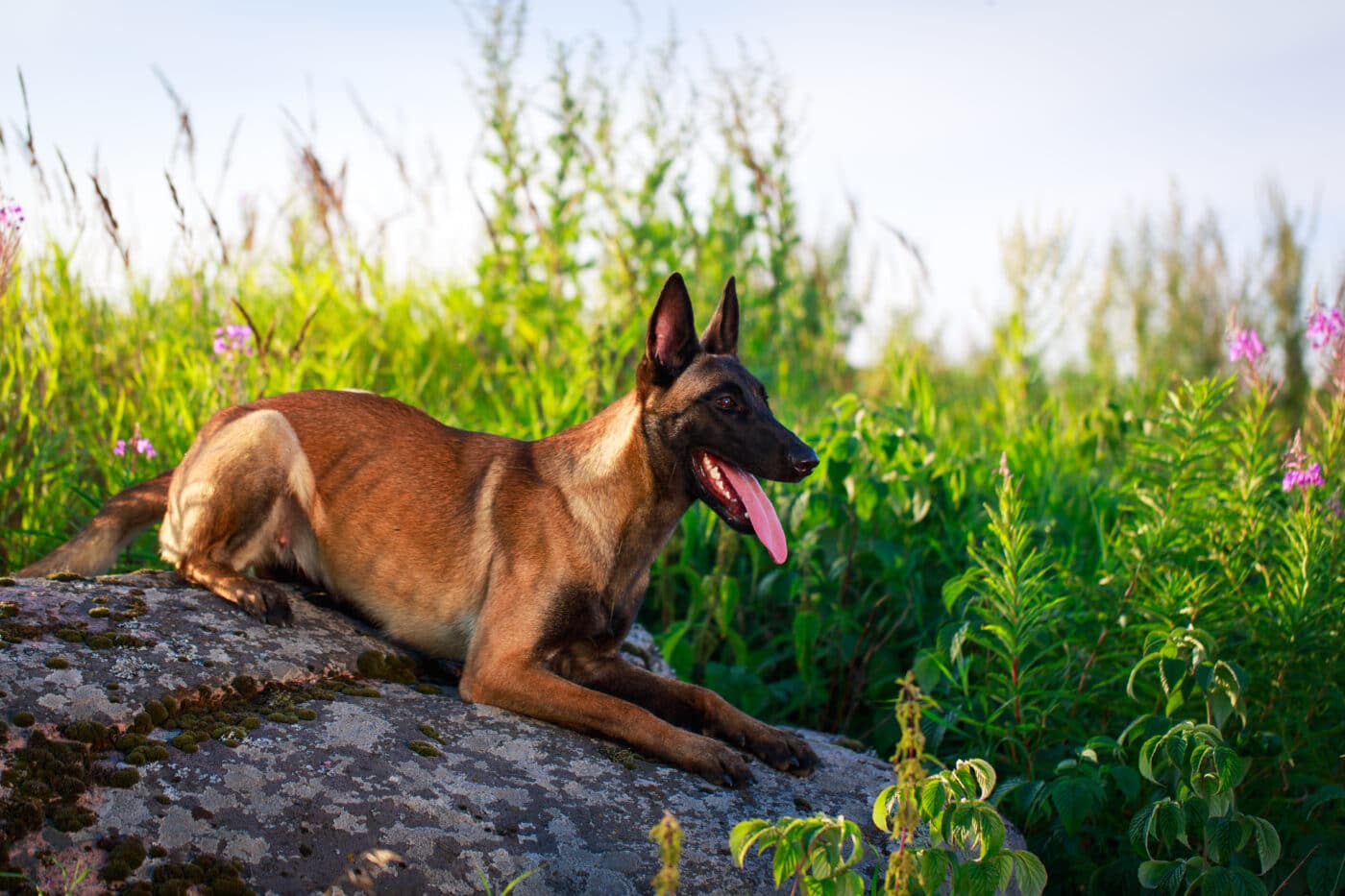
This highly skilled and fast-reacting breed would’ve been the perfect undercover agent of the medieval castle. Belgian Malinois are used in modern police and military roles because of their agility, speed, and focus. Back in the day, they would’ve scaled castle walls and sprinted down torch-lit corridors to stop intruders before the guards blinked. A true multitasker with a bite to match the bark.
Anatolian Shepherd
Clik here to view.
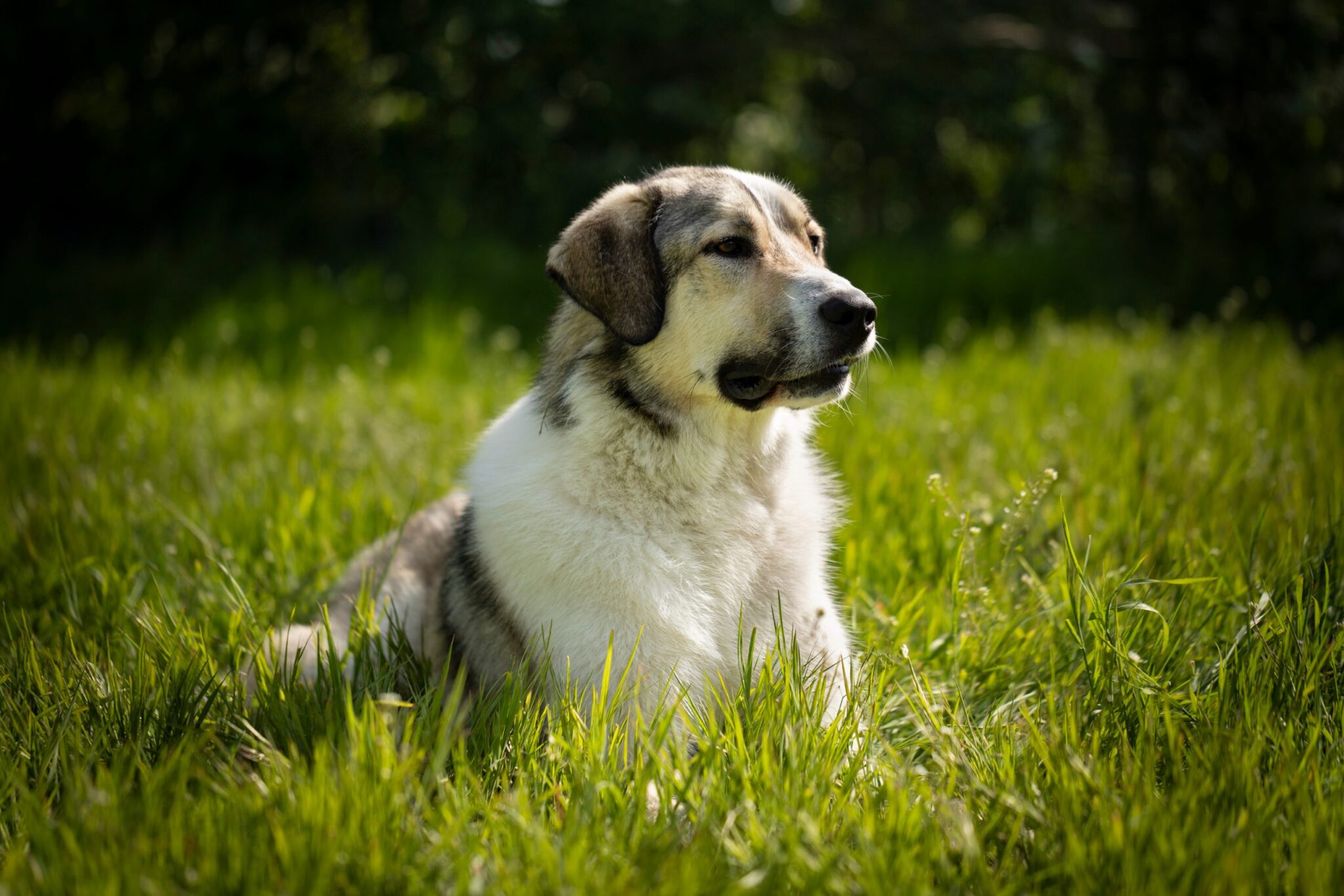
The Anatolian Shepherd would’ve been stationed with the castle’s livestock or near the outer gates, calmly daring anyone to try something foolish. Bred to guard flocks in Turkey, this breed has an independent mind and unmatched courage. They don’t wait for commands—they act when needed, making them perfect for a medieval world where quick thinking could mean the difference between safety and siege.
Boxer
Clik here to view.

Don’t let their playful bounce fool you—Boxers are muscular, agile, and protective. They would’ve been the unexpected guardians of the inner court, keeping an eye on both guests and servants. Their strength and speed made them ideal for short-range security, and their love for their people meant they’d never let danger get too close. Plus, they could probably lighten up castle life with their goofball antics—between shifts.
Akita
Clik here to view.
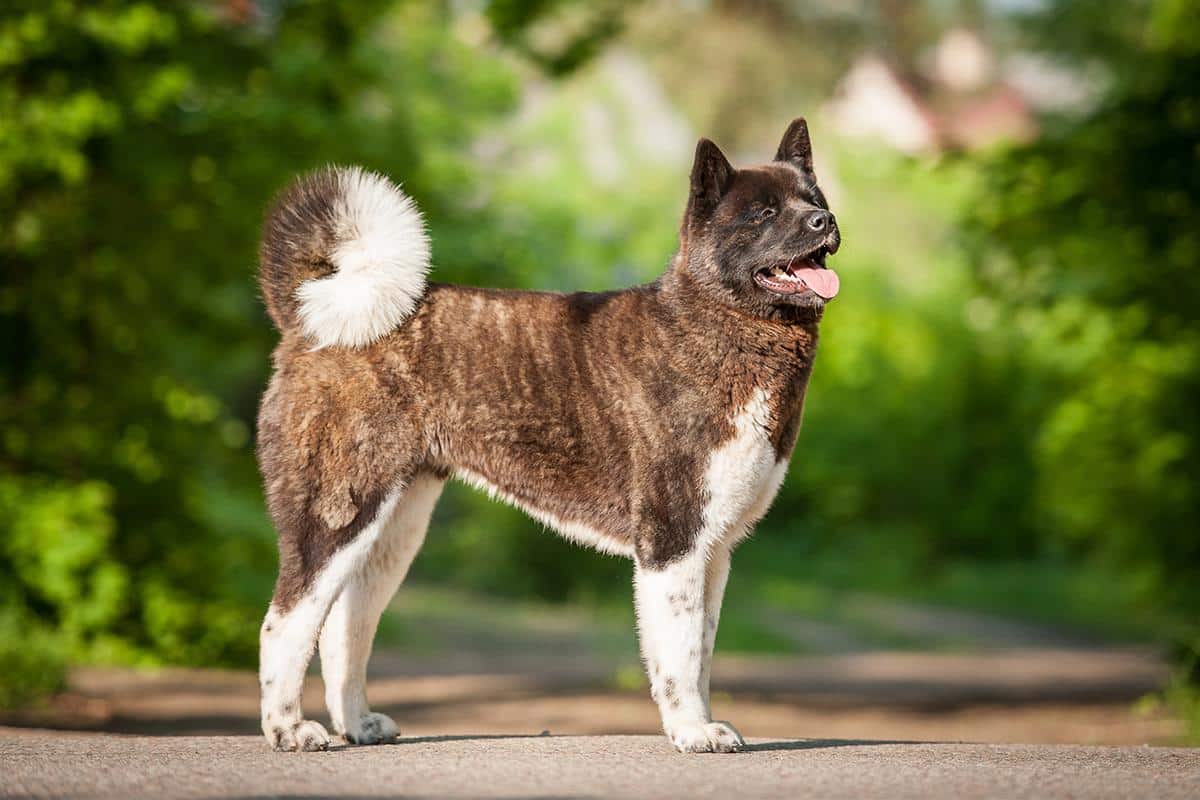
Dignified, loyal, and quietly intense, the Akita would’ve been a faithful companion to royalty or military leaders. Originating from Japan, these dogs were bred for nobility and known for their fierce devotion to their owners. In a castle setting, Akitas would have thrived in private quarters or as bodyguards to high-ranking individuals. They’re the kind of dogs who wouldn’t just fight for you—they’d die for you.
Kuvasz
Clik here to view.
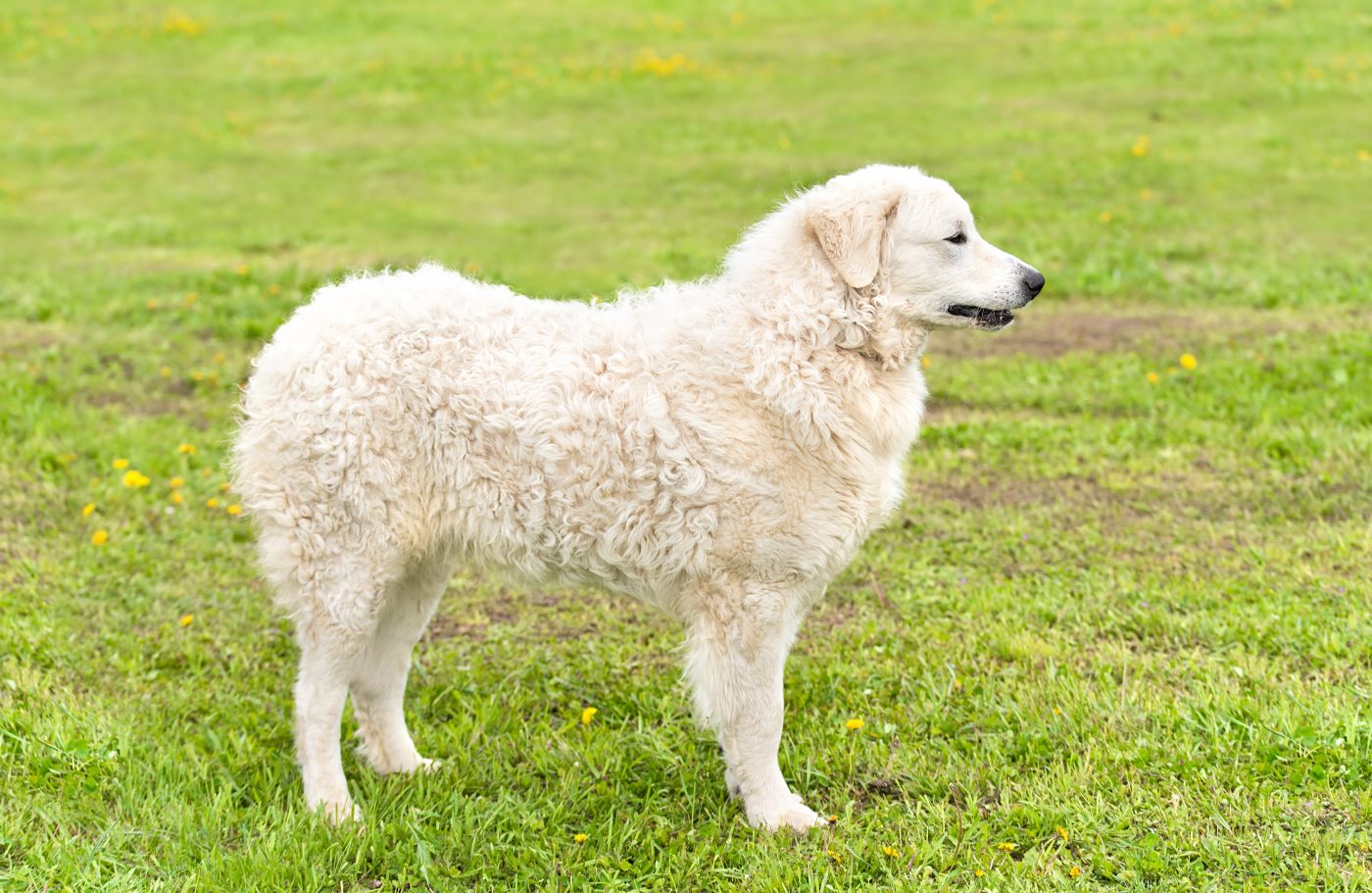
Known for guarding Hungarian nobility, the Kuvasz is elegant yet incredibly strong. Covered in a fluffy white coat, it might look like a fancy castle decoration—until someone crosses the line. They’re alert, independent, and protective, ideal for patrolling courtyards and banquet halls. Don’t be fooled by the regal fluff—this dog is all business when duty calls.
Neapolitan Mastiff
Clik here to view.
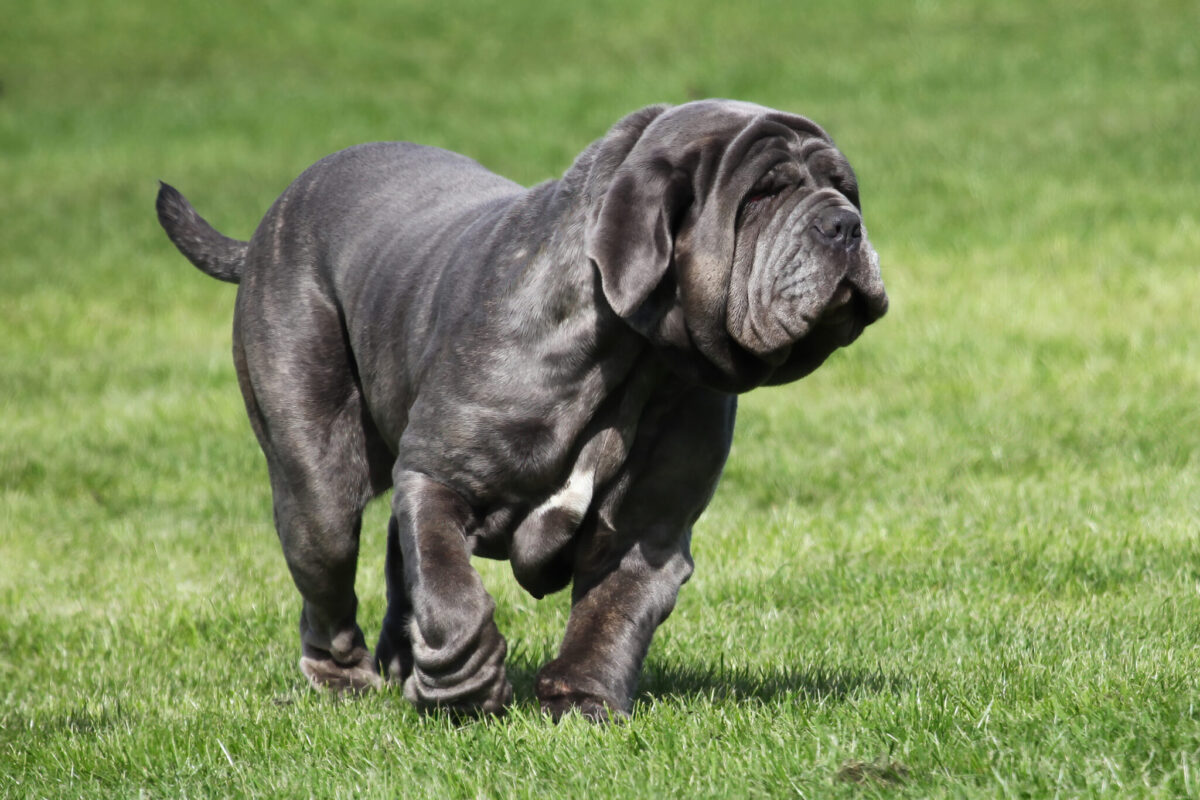
With enough wrinkles to make a historian jealous, the Neapolitan Mastiff would’ve intimidated any unwanted visitor with just one lumbering step. This breed’s sheer size and droopy, brooding expression would’ve made it the ultimate intimidation factor in any medieval fortress. Originally bred in southern Italy to guard estates, they’re equal parts protector and slobbery warning system. One stare, and intruders would turn themselves in.
Beauceron
Clik here to view.
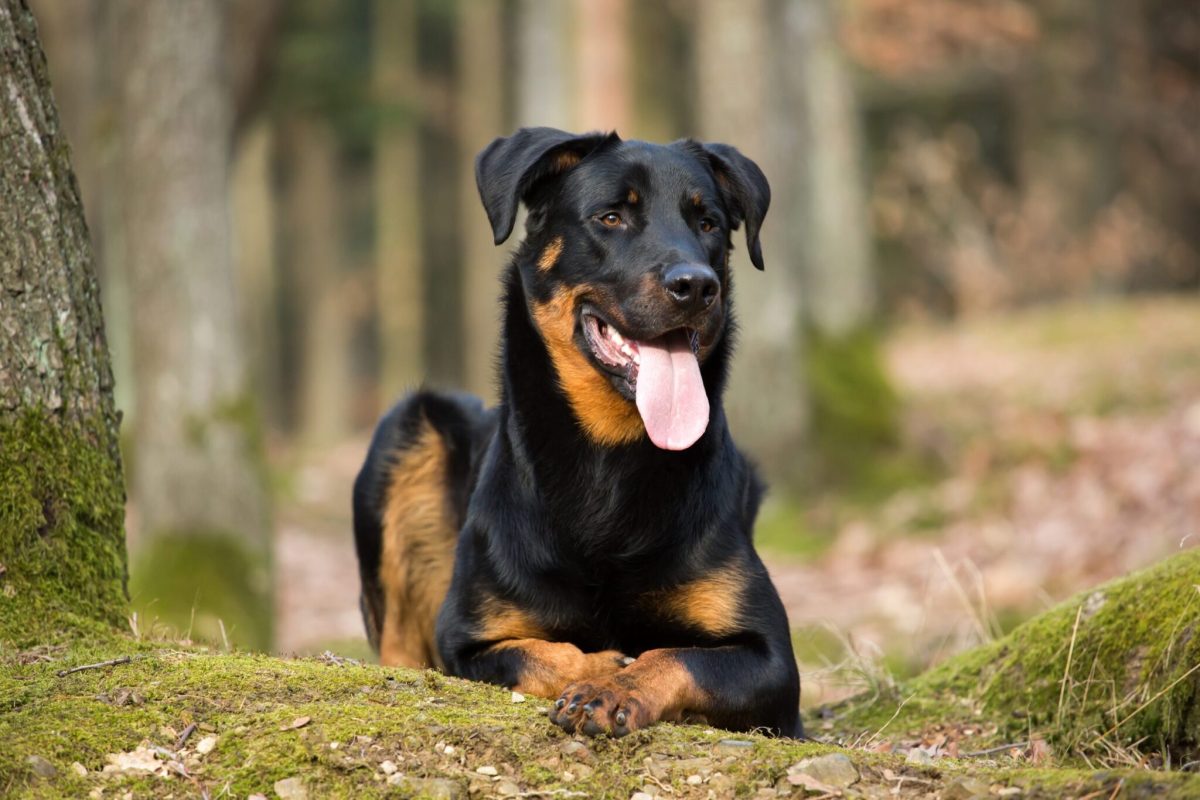
The Beauceron would’ve made an excellent military aide to any medieval general. This French herding breed is agile, strategic, and completely dedicated to its human leader. Whether patrolling castle borders or accompanying knights into battle, this breed would’ve taken its duty very seriously. Their stealth, strength, and laser focus made them ideal protectors of the crown—or at least the royal pantry.
Dogo Argentino
Clik here to view.
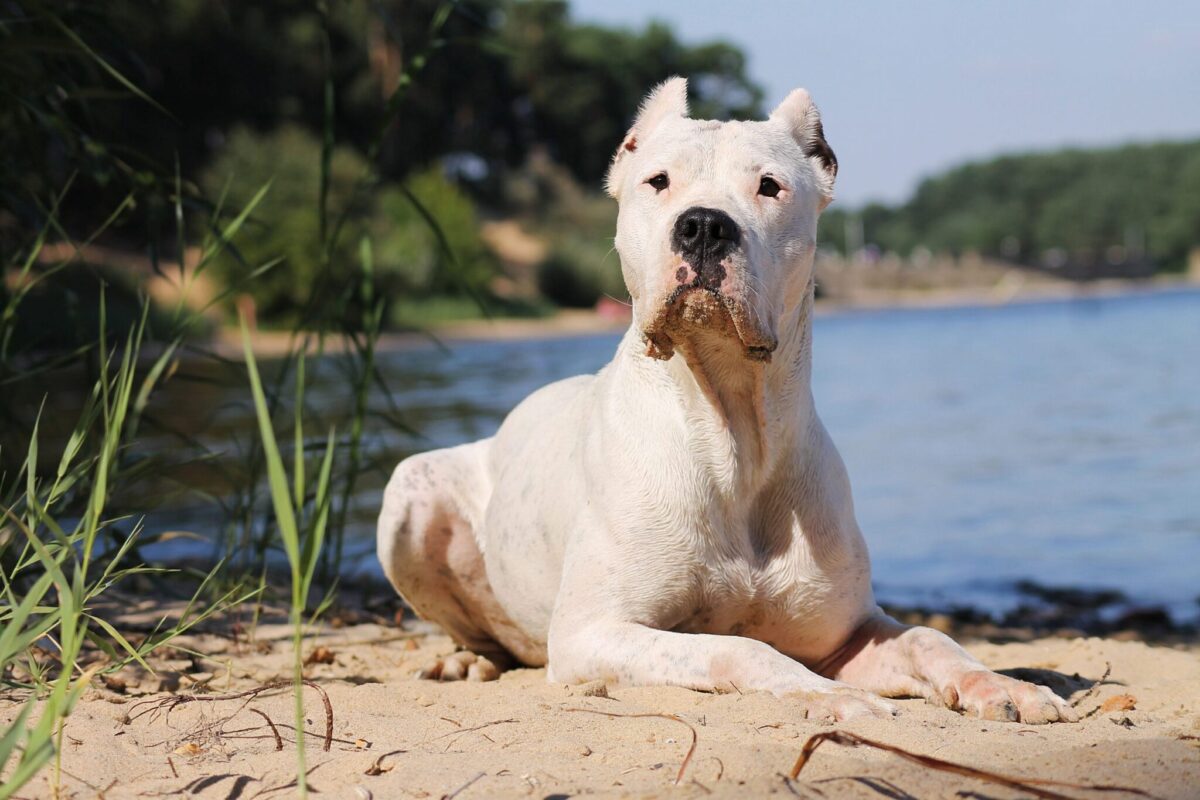
Originally bred to hunt big game, the Dogo Argentino is fearless, strong, and extremely loyal—traits that would have translated perfectly into medieval castle protection. This breed doesn’t back down from a challenge, whether it’s a wild boar or an armored knight with bad intentions. Their muscular build and calm confidence made them ideal for guarding important castle areas—and looking intimidating.
These Dogs Were The Real Security System
Clik here to view.

Sure, castles had stone walls, iron gates, and maybe a vat of boiling oil ready to pour—but let’s be honest, nothing deterred intruders quite like 120 pounds of fur and fury with a bark that echoed through the halls. These dogs weren’t just cuddly companions but barking battalions with paws of justice and jaws that meant business. If someone managed to cross the moat, these fearless protectors made sure they didn’t make it past the front door. Who needs a drawbridge when you’ve got a drooling defender on duty?
The post 15 Powerful Dog Breeds That Would Have Been the Ultimate Protectors in Medieval Castles appeared first on iHeartDogs.com.